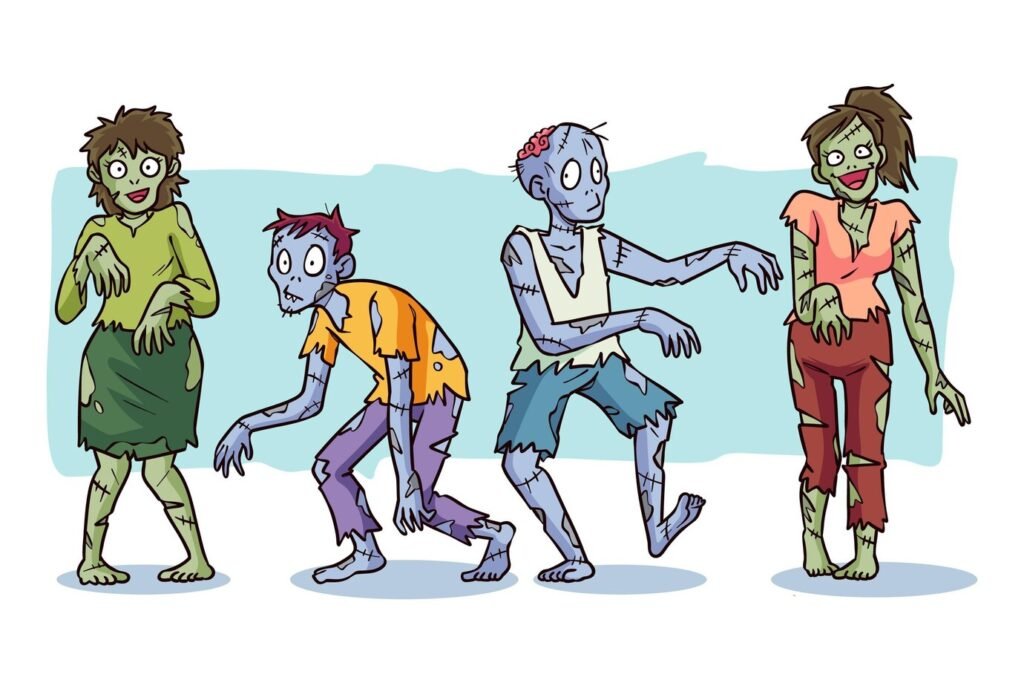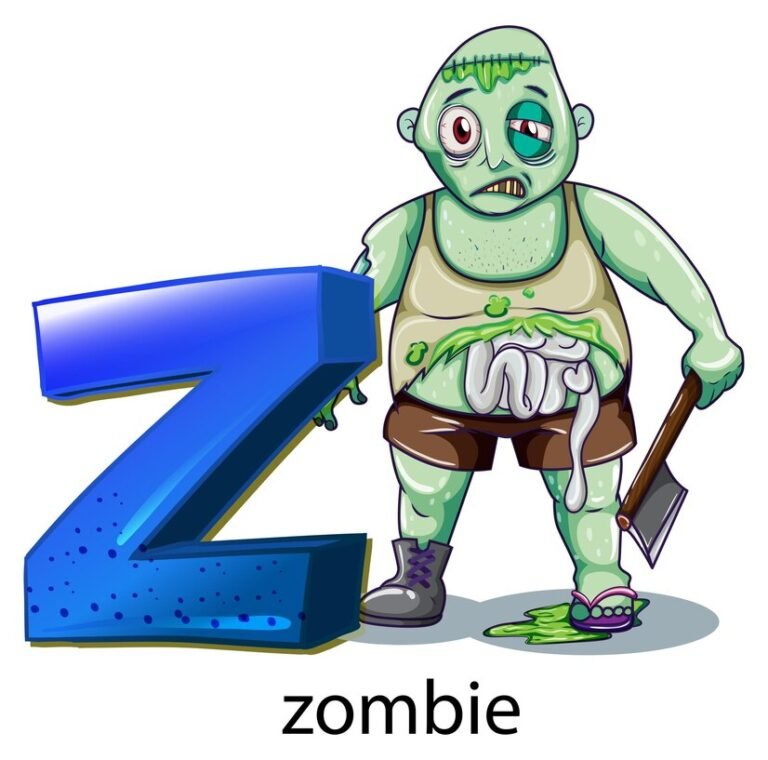Table of Contents
Cartoons have long served as a platform for entertainment, education, and commentary. One recurring motif that has sparked interest and controversy is the depiction of letters written on poison in cartoons —often presented in bottles, vials, or containers marked with bold, dramatic letters. These symbols, while seemingly innocent in animated media, carry significant weight in their influence on audiences. In this article, we delve into the origins, symbolism, and impact of letters written on poison in cartoons, exploring how this imagery shapes cultural perceptions and serves as a narrative tool.
The Historical Context of Poison Symbols in Media
The representation of poison in media dates back centuries, originating in literature and theater before transitioning to visual mediums like films and cartoons. Early depictions often featured ominous labels such as “POISON” accompanied by skull-and-crossbones imagery, a universal warning sign for danger. This iconography became standard across multiple forms of storytelling, including cartoons, where it evolved into a shorthand for peril and villainy.
In classic animated films and television series, poison containers are marked by exaggerated text—often bold, uppercase letters such as “POISON,” “VENOM,” or even cryptic symbols. These textual elements ensure clarity for younger audiences while maintaining the dramatic tension essential to the plot. Over time, these depictions became ingrained in popular culture, influencing how society perceives hazardous substances.
Symbolism and Narrative Function Letters Written on Poison in Cartoons
The use of letters written on poison containers in cartoons serves multiple symbolic and narrative purposes:
- Explicit Danger: Bold, clearly labeled poison bottles eliminate ambiguity, ensuring that viewers immediately understand the threat posed. For example, a bottle marked “POISON” in bold red letters instantly conveys danger, even without further context.
- Characterization of Villains: Poison is frequently associated with antagonists in cartoons. Villains often wield poison as a weapon, reinforcing their malicious intent. Labels on poison bottles emphasize their role as harbingers of danger.
- Comedic Effect: In comedic cartoons, exaggerated poison labels serve as a humorous device, often used to mock the over-dramatization of peril. For instance, characters might mistakenly consume something labeled as poison, only to experience slapstick consequences rather than real harm.
- Moral Lessons: Cartoons targeted at younger audiences often use poison symbols as cautionary elements. Clear labels like “POISON” teach children to recognize and avoid dangerous substances in real life.
Case Studies in Cartoon History
- Looney Tunes:
The Looney Tunes franchise frequently incorporates poison into its narratives, often as a comedic prop. In one episode, Wile E. Coyote uses a bottle labeled “POISON” in an elaborate scheme to capture the Road Runner. The exaggerated label not only adds humor but also underscores the absurdity of his plans. - Tom and Jerry:
In the Tom and Jerry series, poison appears in episodes where Tom attempts to outsmart Jerry. The poison bottle, marked with bold letters, is typically used as a plot device to escalate the stakes of their rivalry. - Disney’s Snow White and the Seven Dwarfs:
The Evil Queen’s poisoned apple is one of the most iconic examples of poison in animation. While the apple itself lacks a label, the potion she uses is often shown in a bottle with ominous markings, emphasizing its deadly nature. - The Simpsons:
In modern cartoons like The Simpsons, poison is often depicted with satirical undertones. For instance, characters might use poison labels as a metaphor for societal issues, blending humor with critique.
Cultural Implications of Poison Depictions
The depiction of poison in cartoons reflects and shapes societal attitudes toward danger and safety. The bold letters and dramatic imagery contribute to a shared cultural lexicon, influencing how audiences interpret warnings in both fictional and real-world contexts. However, this representation is not without controversy. Critics argue that such portrayals may inadvertently glamorize or trivialize the concept of poison, particularly for impressionable young viewers.
Educational Potential: On the positive side, cartoons provide an opportunity to educate audiences about the dangers of hazardous substances. By incorporating clear poison labels into their narratives, creators can reinforce important safety messages.
Stereotypes and Sensationalism: Conversely, the exaggerated portrayal of poison in cartoons can perpetuate stereotypes and sensationalism. For example, associating poison exclusively with villains may oversimplify the complexities of real-world toxicology and chemical hazards.
The Evolution of Poison Imagery

Over the decades, the depiction of poison in cartoons has evolved alongside advancements in animation and changes in societal norms. Early cartoons relied heavily on textual labels due to limited animation technology. Modern cartoons, however, employ more sophisticated visual storytelling techniques, often incorporating subtle cues instead of overt labels.
From Text to Visual Metaphors:
In contemporary animation, poison is often implied through color schemes, glowing effects, and ominous sound design, reducing the reliance on textual labels. For instance, a bubbling green potion in a sinister-looking flask might convey the same message as a bottle labeled “POISON.”
Interactivity in Digital Media:
With the rise of interactive media and video games, poison imagery has taken on new forms. Players often encounter “poison” status effects marked by visual or textual cues, further expanding the cultural significance of poison symbols.
The Psychology of Poison Labels
The bold letters used to label poison in cartoons are designed to trigger an immediate psychological response. Research in visual cognition suggests that humans are naturally drawn to high-contrast, bold text, particularly when associated with threatening stimuli. This instinctive reaction ensures that the audience recognizes the danger without delay, enhancing the narrative’s impact.
Additionally, the use of uppercase letters and striking colors like red and black taps into primal associations with danger and warning signs. These design choices reflect principles of effective communication, ensuring that the intended message is universally understood.
The Role of Poison in Modern Cartoons
Modern cartoons continue to feature poison as a narrative element, albeit with greater nuance. Shows like Rick and Morty and Adventure Time use poison in innovative ways, blending traditional imagery with complex storytelling. For instance, a poison labeled “DO NOT DRINK” might serve as a catalyst for a character’s transformation, symbolizing the risks of curiosity or defiance.
Moreover, the portrayal of poison has expanded beyond physical substances to include metaphorical toxins, such as toxic relationships or environments. These representations highlight the versatility of poison imagery in addressing diverse themes.
Conclusion
The depiction of poison in cartoons, particularly through the use of bold letters and dramatic imagery, remains a powerful narrative tool. From its historical roots to its modern applications, poison imagery continues to captivate audiences while conveying critical messages about danger and caution. As animation evolves, so too will the ways in which poison is represented, ensuring its enduring relevance in storytelling.
By understanding the cultural and psychological significance of poison labels in cartoons, creators and audiences alike can appreciate their impact on both entertainment and education. Whether used for humor, suspense, or moral lessons, the letters written on poison in cartoons serve as a testament to the enduring power of visual storytelling.






